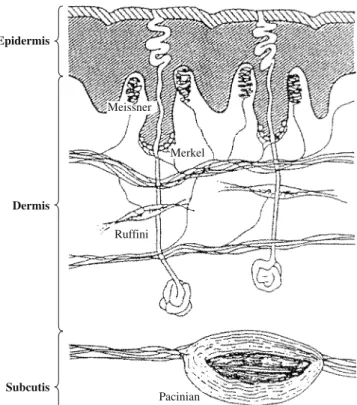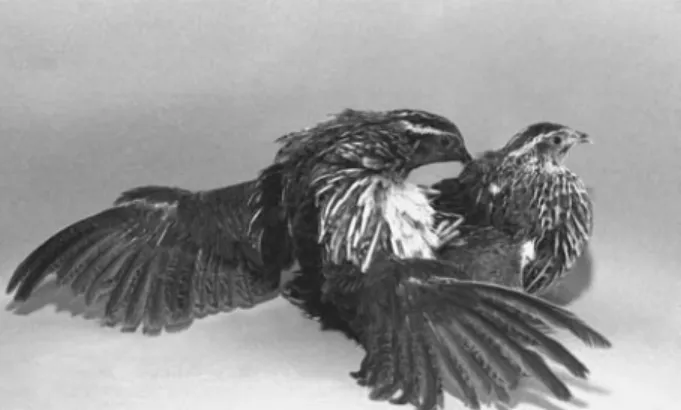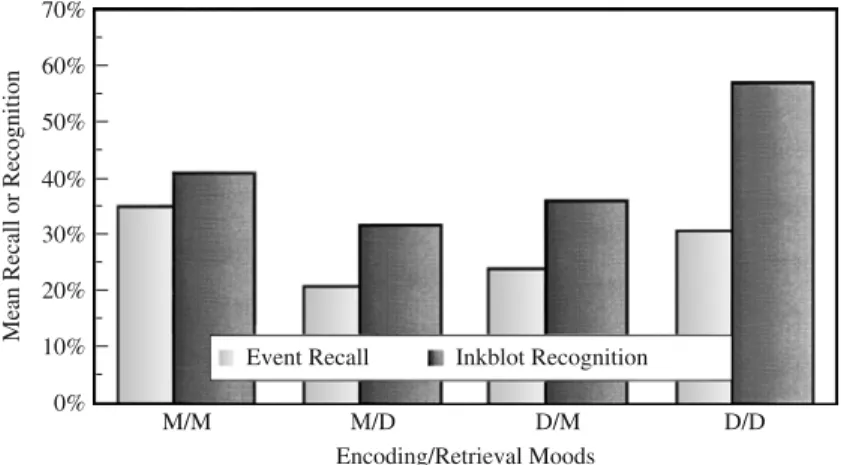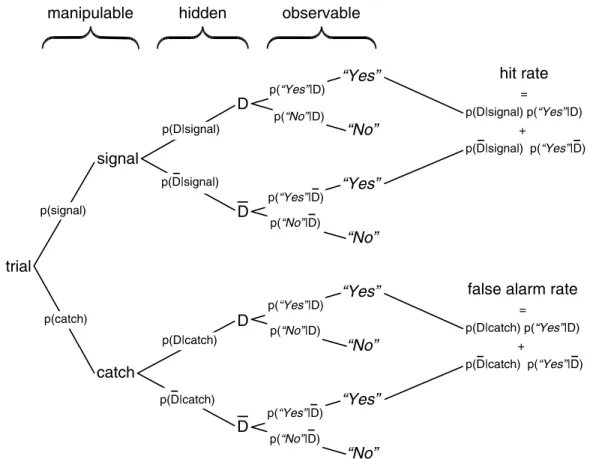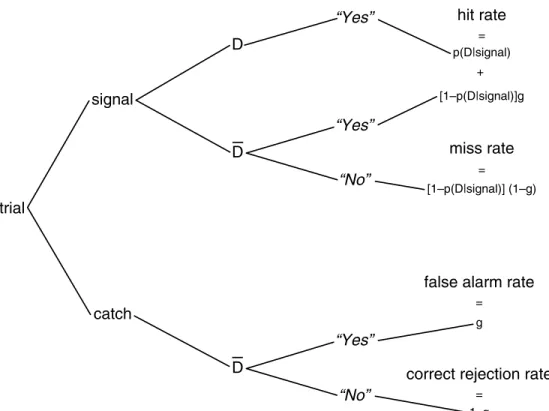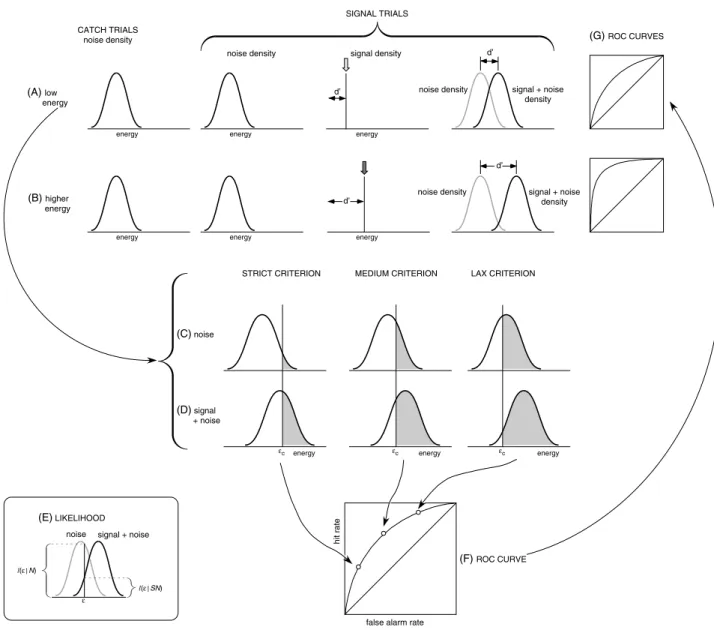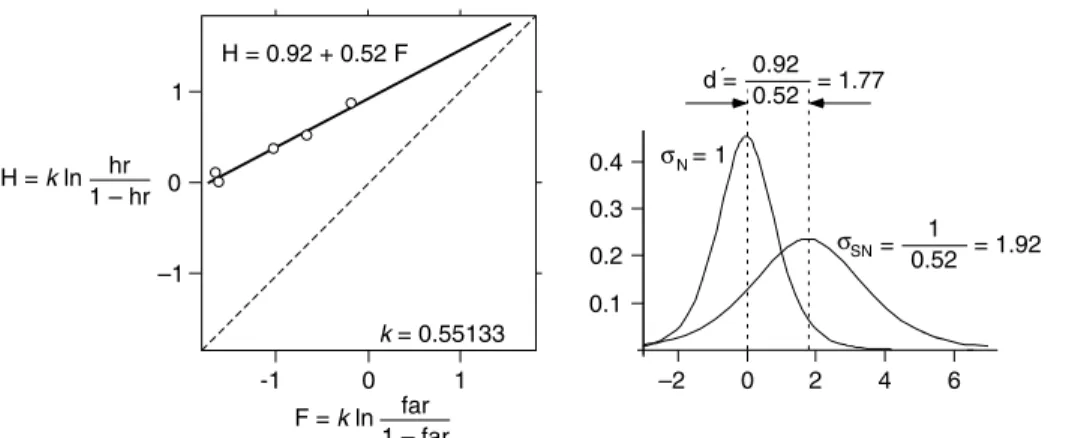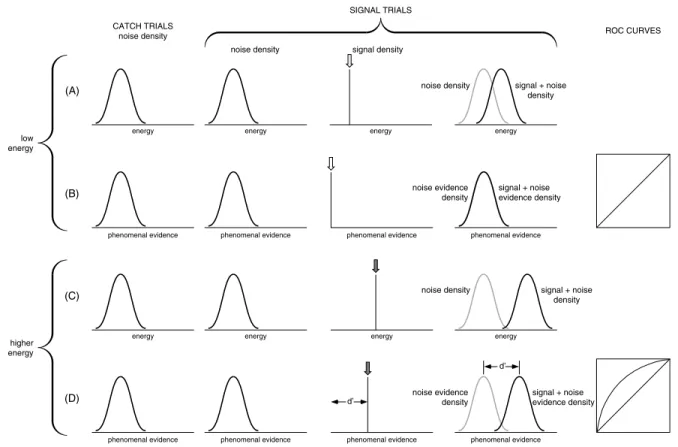Any change in the dependent variables can be seen as caused by the manipulation of the independent variables. Because of its unique ability to draw causal conclusions through experiments, early psychology was essentially experimental psychology. Nowadays, however, the term experimental psychology does not cover all areas of psychology that are used.
Each of the first 23 chapters focuses on a different individual or pair of psychological processes.
MODULATORY PROCESSES
PERCEPTUAL PROCESSES
HUMAN PERFORMANCE
ELEMENTARY LEARNING AND MEMORY PROCESSES
COMPLEX LEARNING AND MEMORY PROCESSES
LANGUAGE AND INFORMATION PROCESSING
THINKING AND APPLICATIONS
J. Capaldi, PhD
Department of Psychology University of British Columbia Vancouver, BC Canada William Epstein, PhD Department of Psychology University of Wisconsin Madison, Wisconsin and. Groningen, The Netherlands Alan Kersten, Ph.D. Department of Psychology Florida Atlantic University Boca Raton, Florida. Proffitt, PhD Department of Psychology University of Virginia Charlottesville, Virginia Keith Rayner, PhD Department of Psychology University of Massachusetts Amherst, Massachusetts Henry L.
Tinsley, PhD Department of Psychology University of California Los Angeles, CA Rebecca Treiman, PhD Department of Psychology Washington University St.
Consciousness
His theory of the various aspects of soulism is rooted in the functioning of the biological organism. The intrusion of unconscious ideas in a modified version of the Stroop task (see Baldwin, 2001) indicates that the repressed thoughts can be completely unconscious and still have an effect on processing (see chapters by Egeth & Lamy and by Proctor & Vu in this volume for more on these effects). People generally have little awareness of the message on the ear that is not shadowed (Cherry, 1957; Cowan & Wood, 1997).
In the next section, we explore the impact of the neuroscience revolution on the study of consciousness and cognitive functioning.
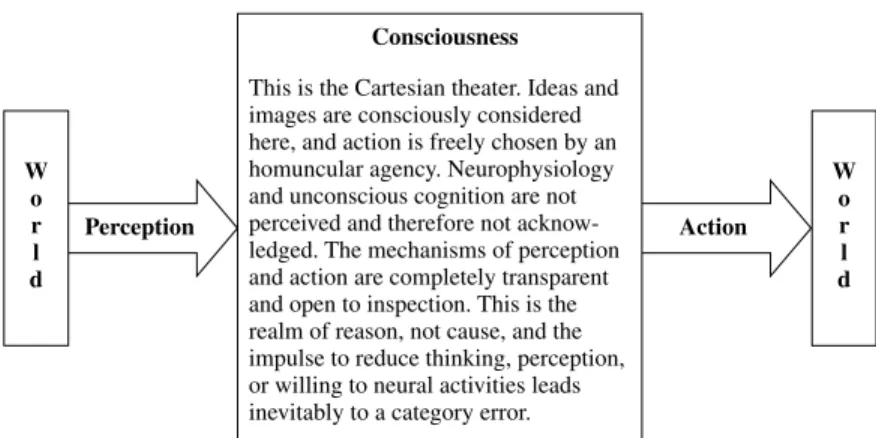
Motivation
Most of the variance in behavior is due to interactions between these factors. The evaluation of the incentive value of food in relation to the current internal state of the animal is called incentive learning (Balleine, 1992). The parallels between the concept of consumptive action and reflex (Sherrington, 1906) and unconditioned response (Pavlov, 1927) led to the importation of appetitive/.
In the case of the rat feeding system, activity in the predatory subsystem is indicated by increased response to. The relative activation of the fear motivation system thereby determines the choice of defensive behavior. Fendt and Fanselow (1999) have provided a comprehensive review of the neural structures of defensive behavior.
Thus, sensory information from the CS and pain information from the US converge in the FTC. Conversely, the total surface area of the claw increases as the ambient temperature rises (Alberts, 1978). A functional behavioral approach to aversively motivated behavior: Predatory imminence as a determinant of the topography of defensive behavior.
Defensive behavior of the rat in a shock-inducing situation: Effects of subjects' location on preference. Connections between the central nucleus of the amygdala and the periaqueductal gray of the midbrain: topography and reciprocity.

Mood, Cognition, and Memory
Psychology's late start in exploring the affect-cognition interface reflects the fact that neither behaviorism nor cognitivism—the two paradigms that dominated the discipline throughout the twentieth century—attributed much importance to affective phenomena, however specific, brief. -experienced emotional reactions or more nebulous, long-lasting mood states (for a detailed discussion of concepts related to affect, see Russell & Feldman Barrett, 1999; Russell & Lemay, 2000). Two types of cognitive theories have been proposed to explain mood congruence: memory-based theories (e.g., the affect model; see Bower & Forgas, 2000) and inference theories (e.g., the affect-as-information model; see Clore, Gasper, & Garvin, 2001 ). Typically, people rely on affect as a heuristic cue only when “the task has little personal relevance, little other information is available, problems are too complex to be solved systematically, and time or attentional resources are limited. ” (Fiedler, 2001, p. 175).
As this brief review shows, affective states have clear if complex effects on both the substance of cognition (i.e., the content of one's thoughts) and its style (e.g., whether information is processed systematically or superficial). An important feature of AIM is that it recognizes that affect itself can also affect processing choices. This accounts not only for Bower's reversal of opinion, but also for Ellis and Hunt's (1989) claim that “mood-state dependence on memory presents more puzzles than solutions” (p. 280) and for Kihlstrom's (1989) comment ) that MDM "proved that it had the qualities of a will" (p. 26).
Rather than involving the relatively automatic or data-driven perception of an external stimulus, the task now requires subjects to engage in internal mental processes such as reasoning, reflection, and simultaneous thinking, "the kinds of extended and associative processes that bridge ongoing perceptual experience or embellish, but which are not necessarily part of the veridical representation of perceptual experience” (Johnson & Raye, 1981, p. 70). During the retrieval session, held two days after encoding, subjects were asked to recall – in random order and without using observable memories or cues – the essence of as many of their previously generated events as possible, preferably by to remember their precise events. corresponding probes (e.g. rose). As previously noted, affect infusion refers to “the process by which affectively charged information influences and is incorporated into the judgment process, becomes part of the judge's deliberations, and ultimately colors the judgment outcome” (Forgas, 1995, p. 39).
Recall averaged 35% when the mood at test (either manic or normal) matched the mood at generation, but only 18% when there was a mismatch, a result that Bower (1981) considered “the clearest early example of addiction mood. memory" (p. 134). The first phase involved episodic memory instruction: After reminding patients that, near the end of the last session, they had produced 20 words beginning with a given letter (e.g., E), the experimenter asked them to freely recall out loud as many of these words as possible.
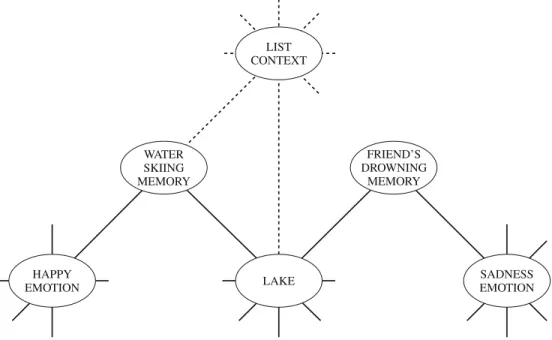
SENSORY PROCESSES
Foundations of Visual Perception
Gestalt theory states that the perception process is an executive free expression of the global properties of the brain. For the representationalists, the primary function of the visual system is to describe the world. Physiological talk is also absent from the canonical works of the ecological theorists, but for different reasons.
The status of the single neuron theory has been reviewed by Lee (1999) and by Parker and Newsome (1998). The representational framework serves as a superstructure in support of this conception of the perceptual process. There is no explicit treatment of representations in the writings of the Gestalt theorists.
Neither Gestalt theory nor direct perception theory uses a model of representational transformation. This panel is a graph of hit rate as a function of false alarm rate. Corresponding values are marked on the abscissa (false alarm rate) of the ROC plot (Figure 4.1D, fifth panel).
Observers in the laboratory, or part of the visual system, are not subject to prescriptions. Brunswik anticipated the modern interest in statistical regularities of the environment by several decades; he was the first (Barlow, in press; Geisler, Perry, Super, & Gallogly, 2001) to propose ways to measure these regularities (Brunswik & Kamiya, 1953).
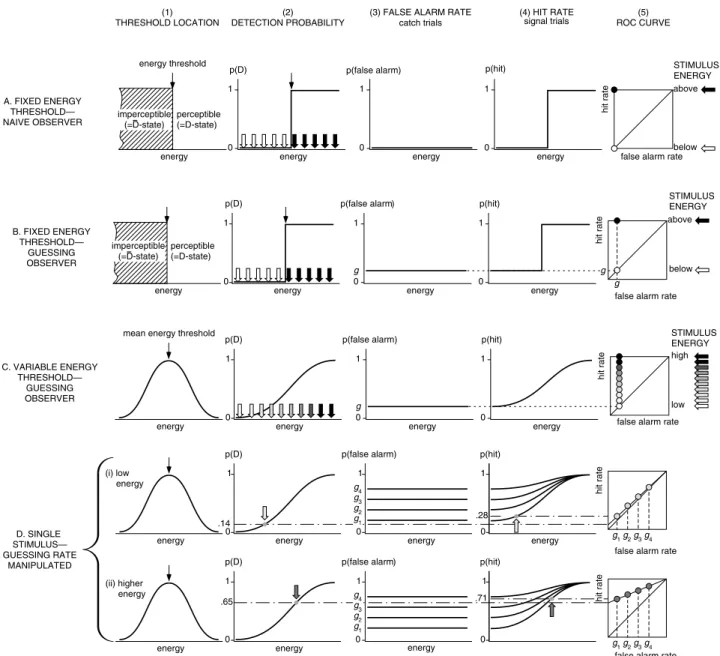
Audition
The mass of the medium can provide a mass reactance (Xm) that inhibits sound, and the spring inertia properties of the medium also produce spring reactance (Xs). The nerve only discharges during one phase of the waveform (positive moving sections of the waveform). The subjectively perceived loudness of sound is also a joint function of physical frequency and sound level.
The hearing thresholds depend on the duration of the sound: the shorter the sound, the higher the thresholds. As the signal level increases, the normalized (normalized by the common standard deviation) difference in the means of the distributions increases. The spectral characteristics of the HRTF depend on the location of the sound source.
Remember from the description of the auditory periphery that the auditory nerve codes for the spectral-temporal properties of sound. Listeners are asked to distinguish a change in the frequency of 1 of the 10 tones in the pattern. However, if one of the harmonic complexes is turned on slightly before (50 ms) the other harmonic complex, listeners often perceive the two pitches, even though the two harmonic complexes co-occur most of the time (perhaps for a second). (Darwin, 1981).
In the MDI condition ( Yost, 1992b ; Yost & Sheft, 1993 ), listeners are asked to discriminate between two amplitude-modulated tonal carrier signals (probe stimuli) based on the depth of amplitude modulation. Some recent work focuses on basic auditory processing (Griffith, Buchel, Frankowiak, & Patterson, 1998) as opposed to speech and language processing based on spoken language (see Fowler's chapter in this volume).
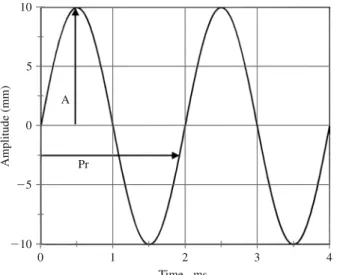
Touch
Mechanoreceptors in muscles, tendons and joints (and in the case of the hand also in the skin) contribute to the kinesthetic sense of limb position and movement. Of the two systems, it translates faster because it goes up directly to the cortex with few synapses. Using spatial gratings, the spatial acuity of the skin was found to be approximately 1 mm.
Curvature is the rate of change in the angle of the tangent line to a curve as the tangent point moves along it. Assume that the stimulus is sensed by three fingers, with the middle finger at the highest point (ie, the midpoint) of the curve. When people extract local features of three-dimensional objects, they appear to have a bias toward encoding the back of the object—the reverse of vision.
Material is locally available, while extracting the shape of an object requires following its contours or enclosing it in the hand (Lederman & Klatzky, 1987). The target appeared in one of the two modalities (the so-called primary modality) in 73% of the trials, and participants were instructed to focus their attention primarily on that modality and not on the other (the so-called secondary modality). When designing letters or images for the blind, the nature of the pattern is critical.
Speech perception and production is the focus of the chapter by Fowler in this volume. Image and pattern perception in sighted and blind people: The advantage of the late blind.
